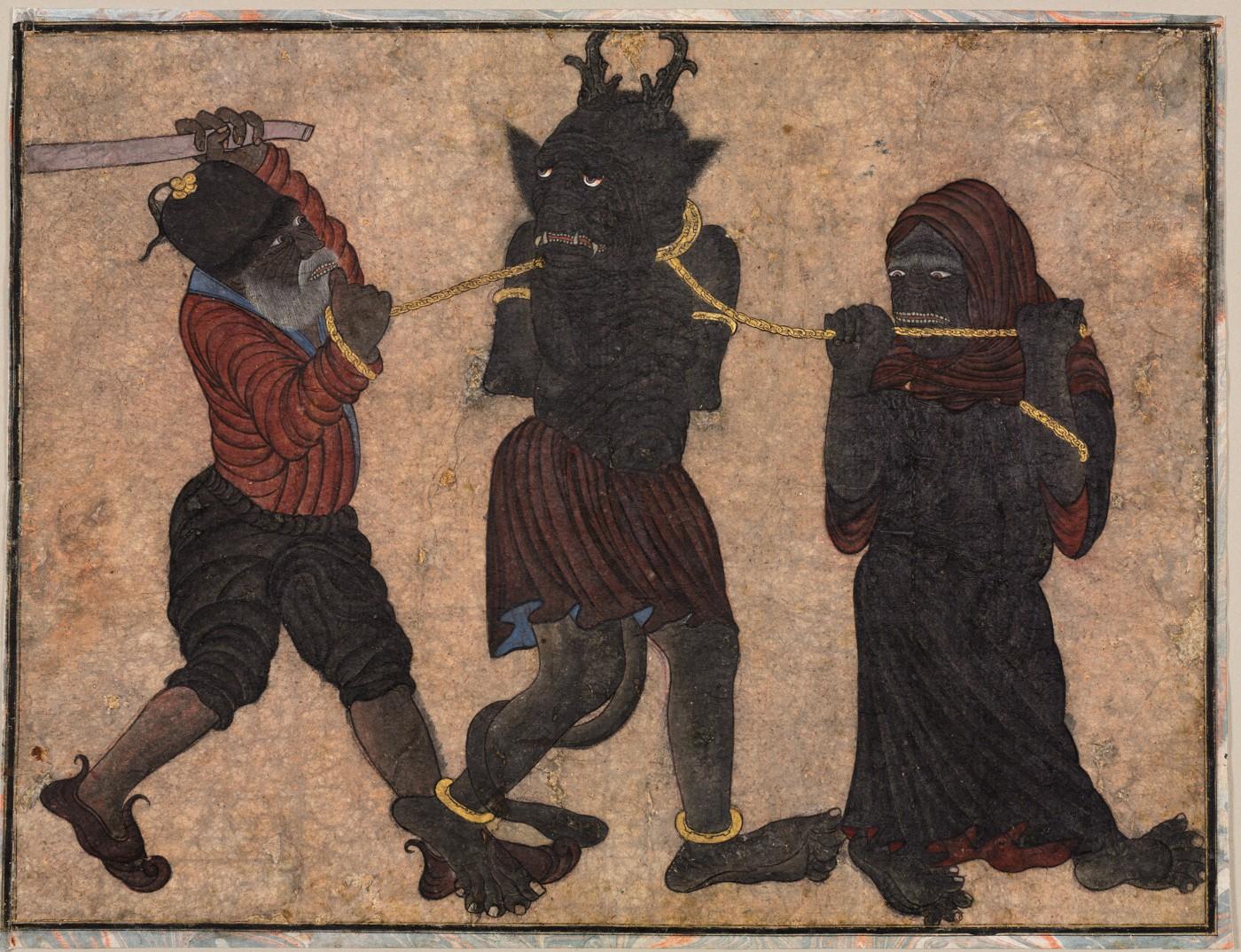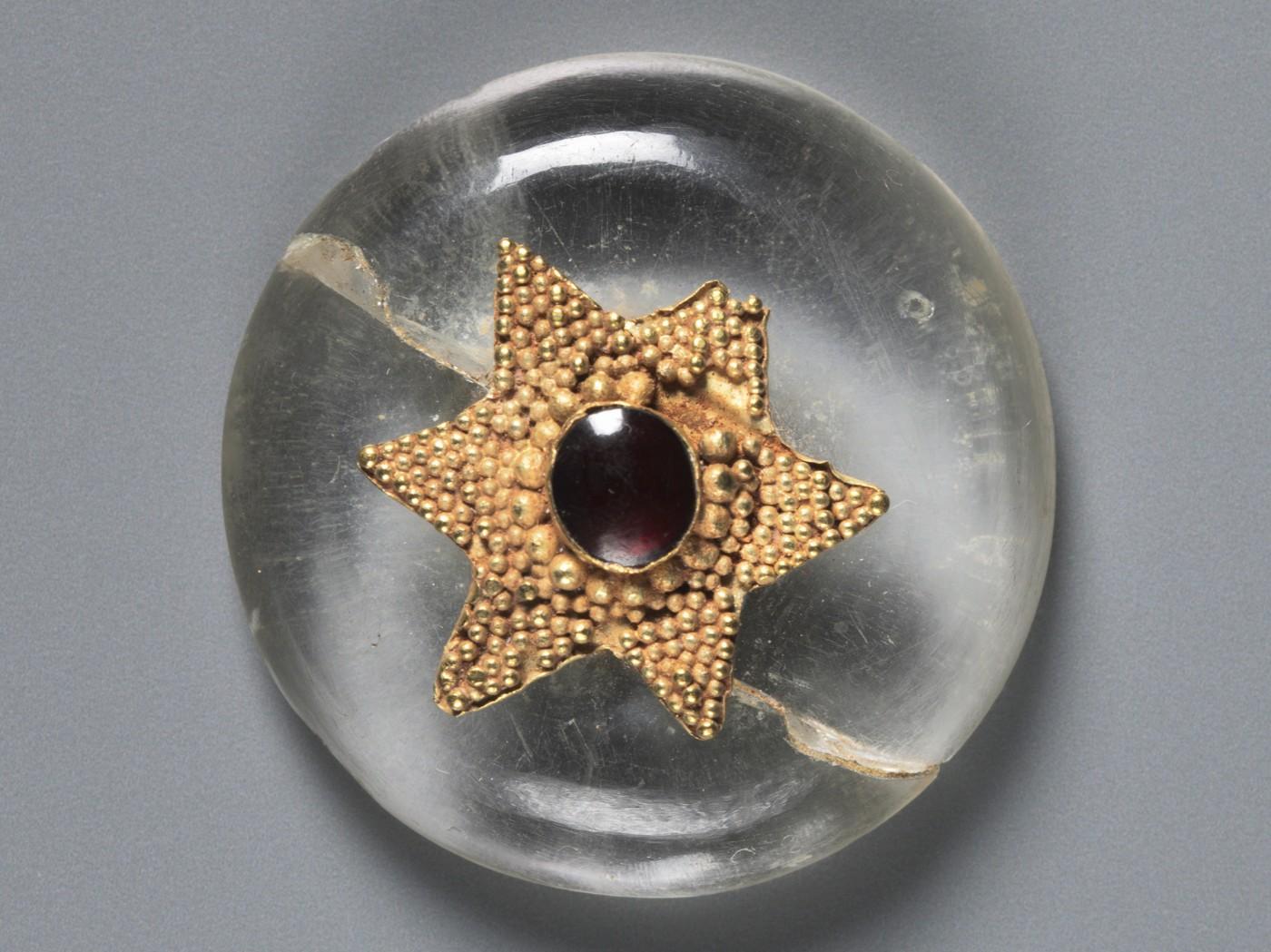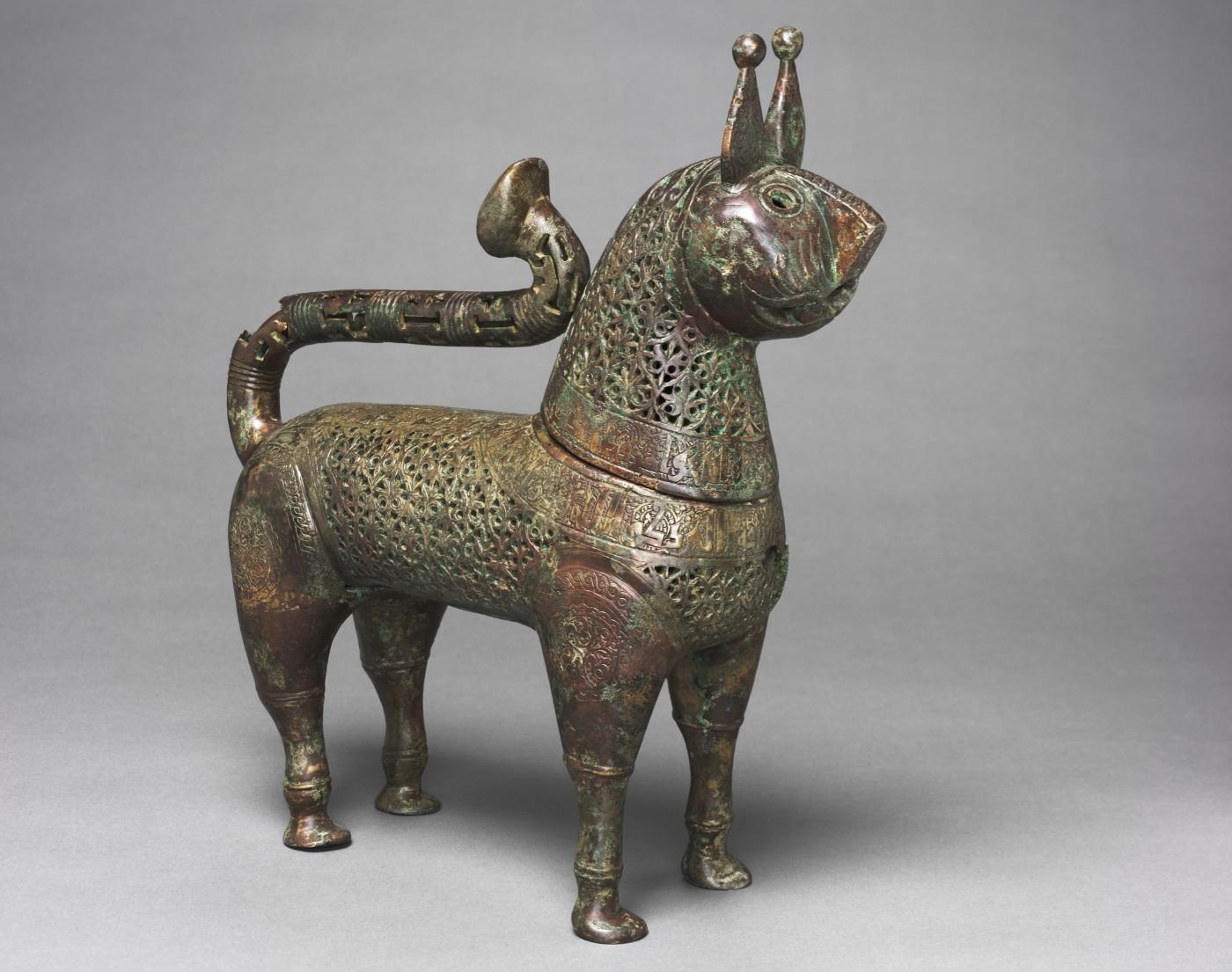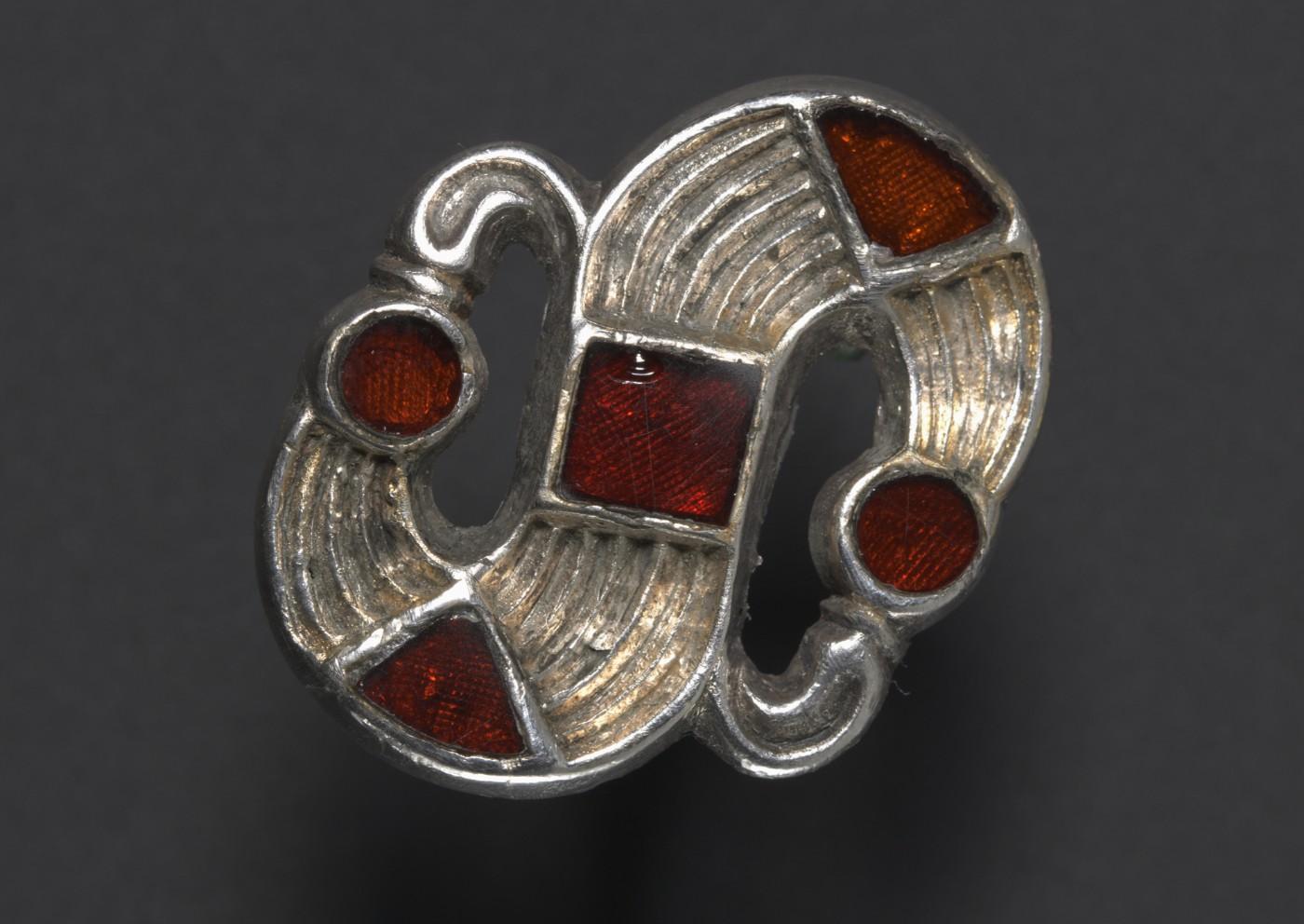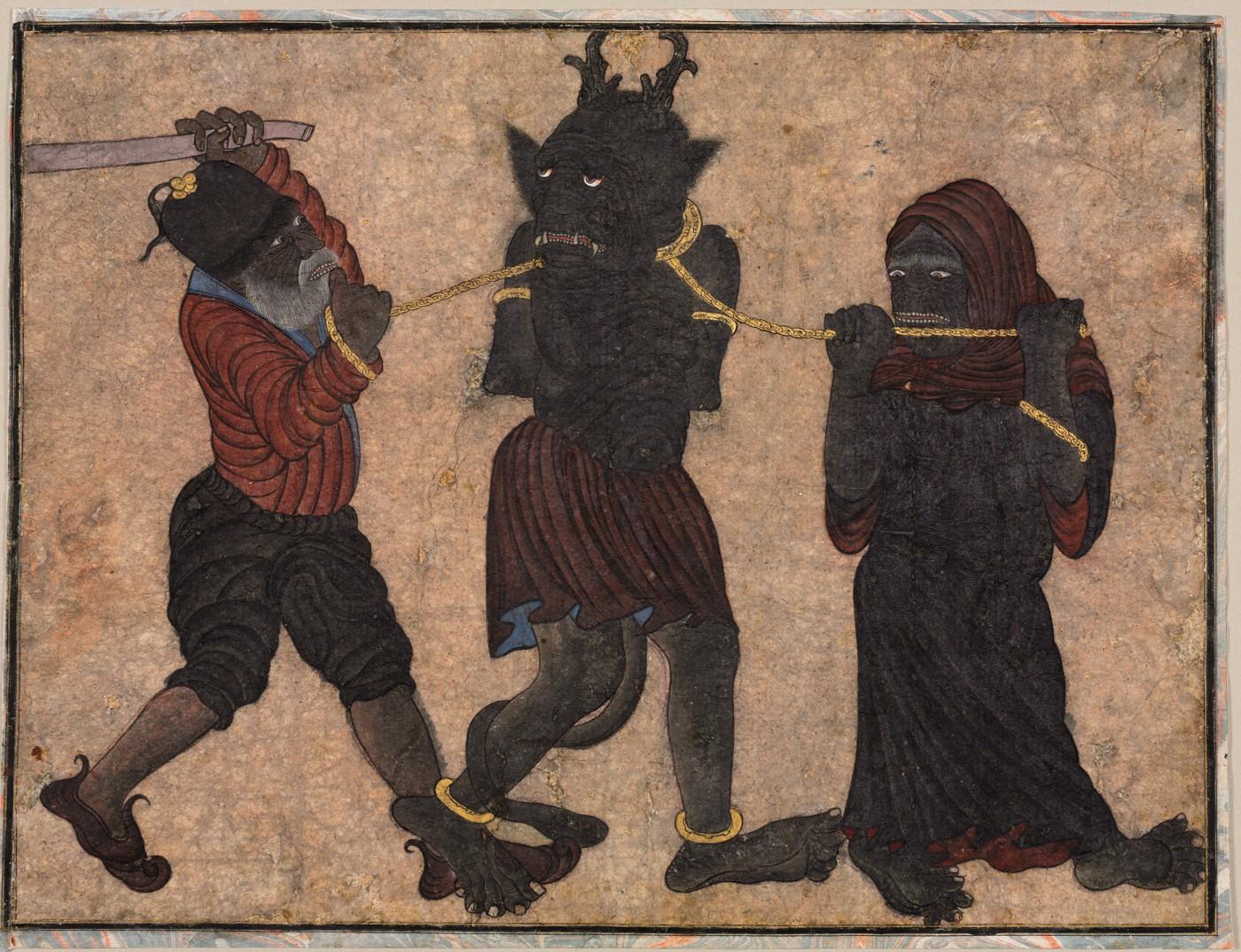In a new text from Cambridge Press, authors Elina Gertsman and Barbara H. Rosenwein offer readers easy access to understanding a complex period of time. The Middle Ages in 50 Objects (Cambridge Press, 2018) uses individual works from the comprehensive collections of the Cleveland Museum of Art to exemplify both broad movements and specific moments in history.
As the introductory text explains, the Middle Ages is not a simple and cohesive era. To plainly summarize life from the 3rd to 16th Centuries across several continents would be a difficult task indeed. The term encompasses many cultures, regions, and religions. To cover this wide range of cultural production, the authors have carefully selected objects that tell compelling stories. The text is subdivided into four sections that are then arranged chronologically: The Holy and the Faithful; The Sinful and the Spectral; Daily Life and Its Fictions; and Death and Its Aftermath. Within these themes, European, Byzantine, and Islamic cultures are explored through the objects they created.




